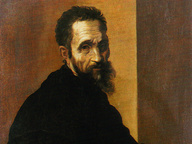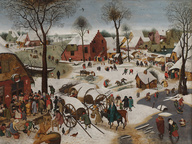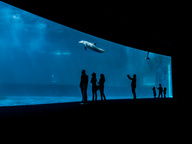A wide-eyed. Masterpieces from the Russian Museum of Impressionism in Moscow
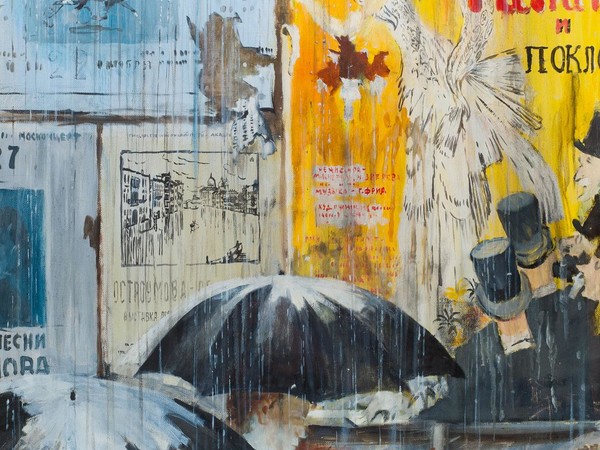
A occhi spalancati. Capolavori dal Museo dell'Impressionismo russo di Mosca, Palazzo Franchetti, Venezia
From 13 Febbraio 2015 to 12 Aprile 2015
Venice
Place: Palazzo Franchetti
Address: Campo Santo Stefano, San Marco 2847
Responsibles: Yulia Petrova, Silvia Burini, Giuseppe Barbieri
Ticket price: ingresso gratuito
Telefono per informazioni: +39 041 240 7755
E-Mail info: gestione3@studioesseci.net
Official site: http://www.palazzofranchetti.it
"A wide-eyed" is the anticipation, better preview of a major new museum in Moscow, the Russian Impressionism, which will open in the Russian capital in the autumn. To proclaim and make known what is destined to be one of the "must-see museums" for every tourist who will go to Moscow, the future direction of the institution has decided to bring forward the opening to the public with two important preview: the first was held in Russia, in the Museum of Ivanovo, early autumn last year and now it is the turn of Venice, only stage foreign. Here, from February 13 to April 12, in Palazzo Franchetti, the Italian and international public can admire 50 masterpieces of the future museum in Moscow, the best of the best of his impressive art collection. A "calling card" extremely refined, to announce a collection of great interest internationally.
The Venice exhibition is curated by Yulia Petrova, director of the Museum of Impressionism Russian, and Silvia Burini and Giuseppe Barbieri, responsible of the Research Center on the Arts of Russia (CSAR) Ca 'Foscari University and a number of prestigious and appreciated exhibitions that since 2010 have spread to Italy some essential aspects of Russian art of the last two centuries. It is an interesting indication of the original cultural policy and the special mission of the institution Moscow: foster, through temporary exhibitions in Russia and abroad, the knowledge of a significant trend in Russian art, particularly that which characterizes' period between the end of the nineteenth and early twentieth century, a period still little known, except for a few big names, art lovers and the international role of the modern Russian art.
The 50 works are on display in a path linking of subjects thematically contiguous (the landscape, the urban scene, the figure in an interior), with a due but not always binding attention to chronology. The moment of greatest flowering of Impressionism in Russia is some luster after the turn of French intervened between the seventh and eighth decade of the nineteenth century, and includes especially the last decade of the century and the beginning of the next. But this does not mean that it can be considered a variant of the French provincial and even the occasional choice of a few painter. Impressionism had already become in fact a timely point of reference for the work of landscape architects as Fyodor Vasilyev, had influenced the search for Polenov and Repin, after their stay in France and, thanks to these masters, had soon become object of study for students of the School of Painting, Sculpture and Architecture in Moscow, some of which would - as Konstantin Juon, Petr Petrovičev and Stanislav Zhukovsky, all featured in the show - in a major role before, during and after 'advent of the Vanguards.
The tradition of painting in the Impressionist manner then continues for most of the twentieth century, and is documented in the exhibition with works by Koncalovskij, Grabar ', Kustodiev, Baranov-Rossiné, with other painters unexpected, as Sergei Gerasimov or Georgy Savickij, and even with artists very tied to socialist realism, as Aleksandr Gerasimov and Dmitry Nalbandjan. On the other hand, the image of the exhibition - the posters in the rain Pimenov (1973) - shows very clearly how the matrix impressionistic characterizes with some relief also the period of the post-Stalinist thaw.
The Venice exhibition aligns short, the first explicit rimeditazioni and reworkings of French artistic revolution, highlights the stubborn persistence, for most of the twentieth century, this approach to the representation of individual life and its scenarios and underlines the enduring relevance of this matrix. That is why the time span of the works on display range from some rare early paintings by Konstantin Korovin, the most famous exponent of Impressionism Russian, and Valentin Serov until recent years, with artists such as Vladimir Rogozin and Valerij Košljakov, that does not can certainly consider "impressionist" in the strict sense but for which were fundamental research of their predecessors in the late nineteenth century and which collect today, ideally and effectively, in a contemporary way, their inheritance.
The Venice exhibition is curated by Yulia Petrova, director of the Museum of Impressionism Russian, and Silvia Burini and Giuseppe Barbieri, responsible of the Research Center on the Arts of Russia (CSAR) Ca 'Foscari University and a number of prestigious and appreciated exhibitions that since 2010 have spread to Italy some essential aspects of Russian art of the last two centuries. It is an interesting indication of the original cultural policy and the special mission of the institution Moscow: foster, through temporary exhibitions in Russia and abroad, the knowledge of a significant trend in Russian art, particularly that which characterizes' period between the end of the nineteenth and early twentieth century, a period still little known, except for a few big names, art lovers and the international role of the modern Russian art.
The 50 works are on display in a path linking of subjects thematically contiguous (the landscape, the urban scene, the figure in an interior), with a due but not always binding attention to chronology. The moment of greatest flowering of Impressionism in Russia is some luster after the turn of French intervened between the seventh and eighth decade of the nineteenth century, and includes especially the last decade of the century and the beginning of the next. But this does not mean that it can be considered a variant of the French provincial and even the occasional choice of a few painter. Impressionism had already become in fact a timely point of reference for the work of landscape architects as Fyodor Vasilyev, had influenced the search for Polenov and Repin, after their stay in France and, thanks to these masters, had soon become object of study for students of the School of Painting, Sculpture and Architecture in Moscow, some of which would - as Konstantin Juon, Petr Petrovičev and Stanislav Zhukovsky, all featured in the show - in a major role before, during and after 'advent of the Vanguards.
The tradition of painting in the Impressionist manner then continues for most of the twentieth century, and is documented in the exhibition with works by Koncalovskij, Grabar ', Kustodiev, Baranov-Rossiné, with other painters unexpected, as Sergei Gerasimov or Georgy Savickij, and even with artists very tied to socialist realism, as Aleksandr Gerasimov and Dmitry Nalbandjan. On the other hand, the image of the exhibition - the posters in the rain Pimenov (1973) - shows very clearly how the matrix impressionistic characterizes with some relief also the period of the post-Stalinist thaw.
The Venice exhibition aligns short, the first explicit rimeditazioni and reworkings of French artistic revolution, highlights the stubborn persistence, for most of the twentieth century, this approach to the representation of individual life and its scenarios and underlines the enduring relevance of this matrix. That is why the time span of the works on display range from some rare early paintings by Konstantin Korovin, the most famous exponent of Impressionism Russian, and Valentin Serov until recent years, with artists such as Vladimir Rogozin and Valerij Košljakov, that does not can certainly consider "impressionist" in the strict sense but for which were fundamental research of their predecessors in the late nineteenth century and which collect today, ideally and effectively, in a contemporary way, their inheritance.
SCARICA IL COMUNICATO IN PDF
kon alovskij ·
grabar ·
kustodiev ·
baranov rossin ·
sergej gerasimov ·
georgij savickij ·
aleksandr gerasimov ·
dmitrij nalbandjan ·
konstantin korovin ·
il pi famoso esponente dell impressionismo russo ·
valentin serov ·
vladimir rogozin ·
valerij ko ljakov and oth ·
kon alovskij grabar kustodiev baranov rossin sergej gerasimov georgij savickij aleksandr ger
COMMENTI

-
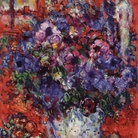 Dal 20 aprile 2024 al 27 ottobre 2024
Conversano | Castello Conti Acquaviva D'Aragona
Dal 20 aprile 2024 al 27 ottobre 2024
Conversano | Castello Conti Acquaviva D'Aragona
-
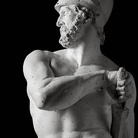 Dal 20 aprile 2024 al 29 settembre 2024
Possagno | Museo Gypsotheca Antonio Canova
Dal 20 aprile 2024 al 29 settembre 2024
Possagno | Museo Gypsotheca Antonio Canova
-
 Dal 20 aprile 2024 al 21 luglio 2024
Torino | Mastio della Cittadella
Dal 20 aprile 2024 al 21 luglio 2024
Torino | Mastio della Cittadella
-
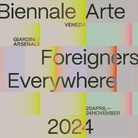 Dal 20 aprile 2024 al 24 novembre 2024
Venezia | Sedi varie
Dal 20 aprile 2024 al 24 novembre 2024
Venezia | Sedi varie
-
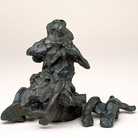 Dal 16 aprile 2024 al 15 settembre 2024
Venezia | Gallerie dell’Accademia
Dal 16 aprile 2024 al 15 settembre 2024
Venezia | Gallerie dell’Accademia
Willem de Kooning and Italy
-
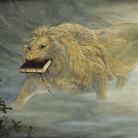 Dal 17 aprile 2024 al 22 settembre 2024
Venezia | Ateneo Veneto
Dal 17 aprile 2024 al 22 settembre 2024
Venezia | Ateneo Veneto

